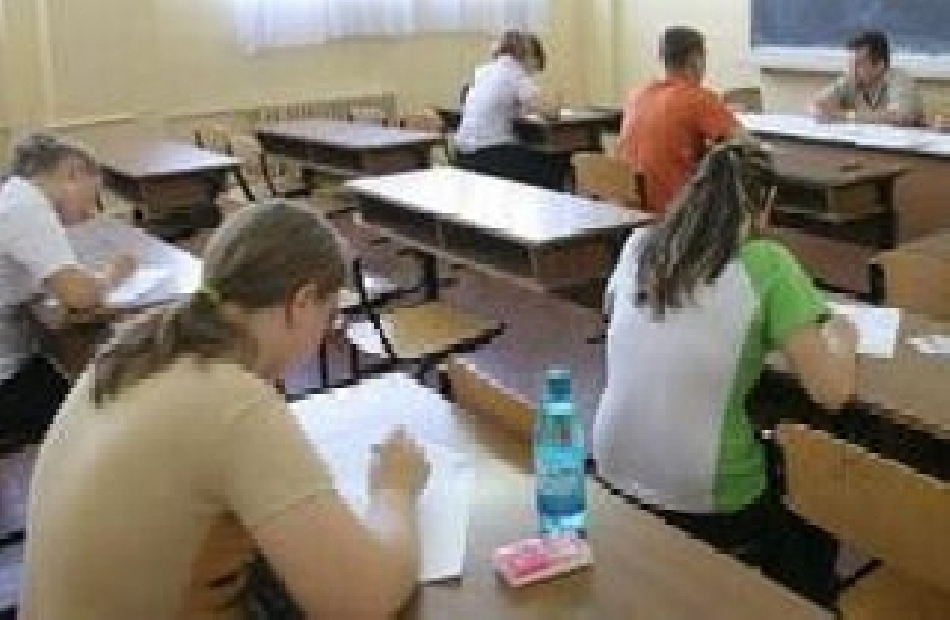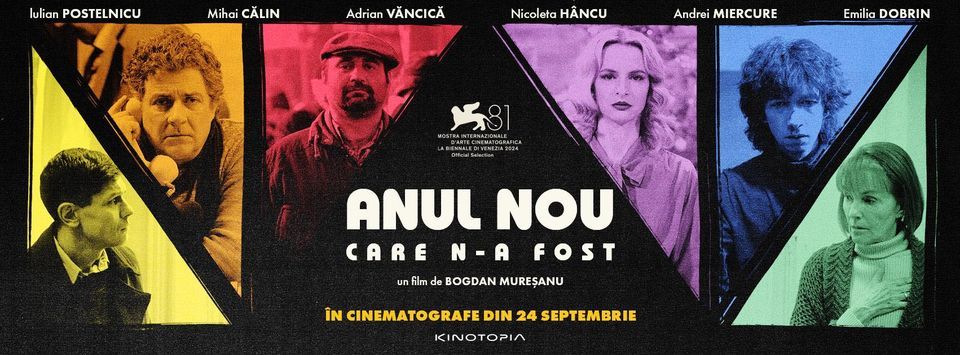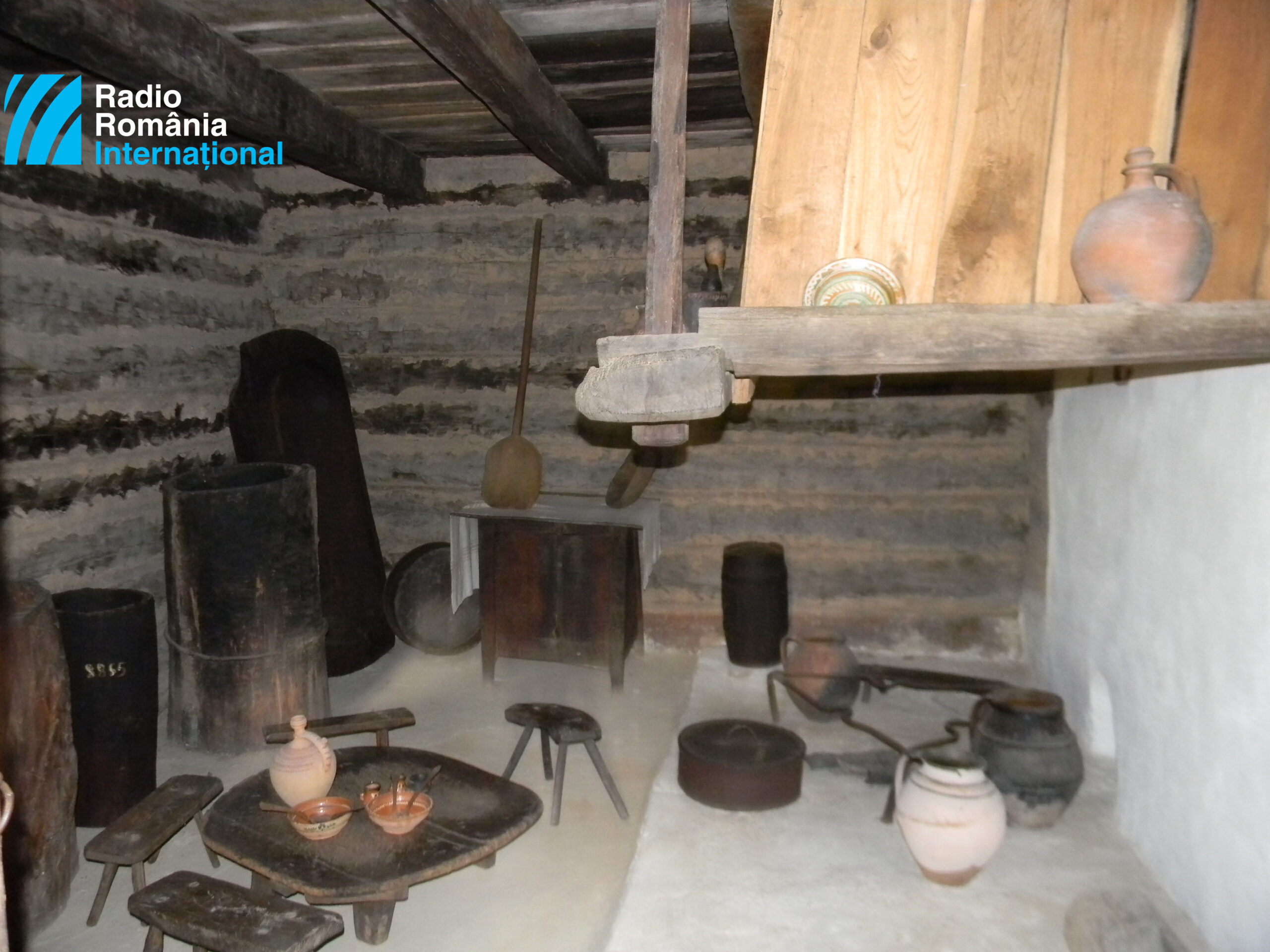The Garden in the School Yard
'The Garden in the School Yard', a project run by children, won an award at the Bucharest Gala.

Ana-Maria Cononovici, 27.09.2015, 14:15
At the opening of the school year, we went to see the results of a
project run by children. The Garden in the School Yard won an award at the
Bucuresti(tu) Gala, in the ecology section, a gala under which the Bucharest
City Hall rewards people who breathe life into the city, changing things for
the better. The project started as a game, according to Violeta Dascalu,
headmistress of Ferdinand I Secondary School in Bucharest:
The idea came in collaboration with the Romania in Transition
association, which came to us three years ago to set up a workshop for kids to
teach them how to tend a garden. We called it Garden in the School Yard. It was
a complex project, with the participation of architects, designers and
engineers, which means it incorporates elements of various types. For instance,
rain water is gathered in a large reservoir, it goes into an overflow, and then
it gets to the green areas. The soil is enriched with compost, which the kids made
themselves together with the people from the association.
Confident that forming skills for sustainable living through green
gardening is key to smart co-habitation in modern society, the project
coordinator, Ionut Badica, tried to get the kids to know their environment and
learn right in their school yard. Here with details is Violeta Dascalu:
The children have learned about each natural element, from
apple cores to banana peels, and how they turn into compost. The grass cut in
the garden was also put into the compost. The children made the sluices that
drain the water. For the green areas, they made trestles to decorate the
planted space. Then we brought in the science side, and discussed the
relationship between water, soil, plants and the air. All the elements are
brought together for the kids. They also have had a chance to talk to
international trainers, to tell them what they learned. We have the parents
coming in on Saturdays. We are very glad that parents support the children, they
learn organic ways of growing plants, learn that nature is perfect and
regenerates. This is what we teach the children, and we don’t use any chemical
fertilizers, the seeds and saplings come from sources that are not genetically
altered.
We asked Violeta Dascalu how the children see gardening:
At first they were curious, we started with planting seeds in
February. They watered the plants and saw the frail saplings growing, in pots
picked and labeled by them. They came each day to watch the tiny plants grow.
Then they built hothouses, where they planted with their own hands tomatoes,
courgettes, cucumbers, radishes and herbs. Some children wanted to do this at
home, in their balcony. The parents came to ask what we did, because their
children wanted to have the same thing at home. The children basically
reeducate the parents.
The Garden in the School Yard project started at Ferdinand I Secondary
School in Bucharest in 2012, and in 2014 it was implemented in a school in the
city of Bacau. Children and teachers can get to know and protect the
environment every day, offering solutions to the degradation of the
environment, to the distancing of people from nature, to the rise in obesity
and sedentary habits in children.
And once you create good habits, they have to be practiced. At
school and in the garden, applied knowledge of nature is now an
extra-curricular activity, as we were told by Violeta Dascalu:
Our project is part of a larger project run by another NGO,
‘Green Schools’, another example of how you can teach ecology and how children
can learn about nature practically, not just theoretically, in biology class.
The project is at a stage when they are implementing an electronic manual,
accredited by the ministry. We offer this manual optionally this year, it is a
great textbook. There are more and more initiatives from civil society, which
are a great resource for us teachers.
This project offers schools practical means of planning and
implementing modern environmental education.






























